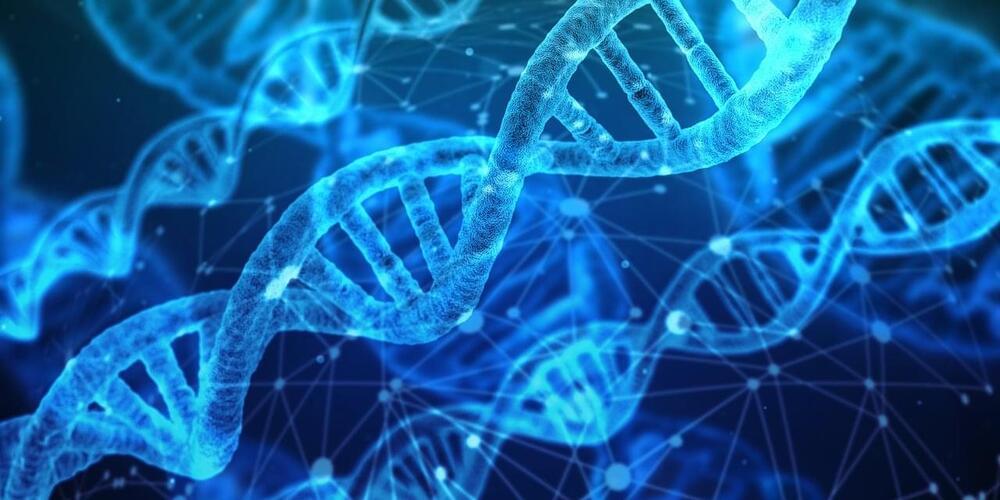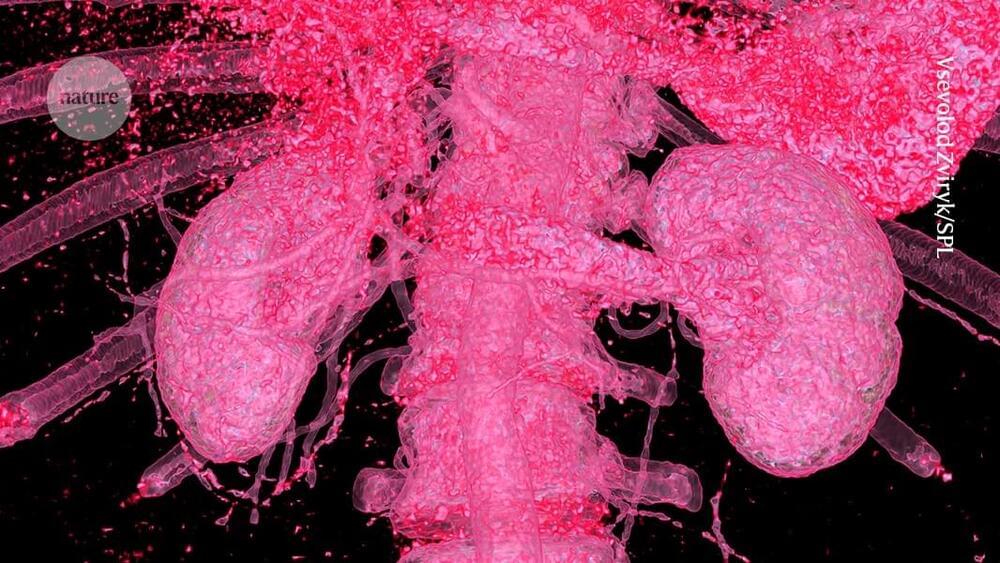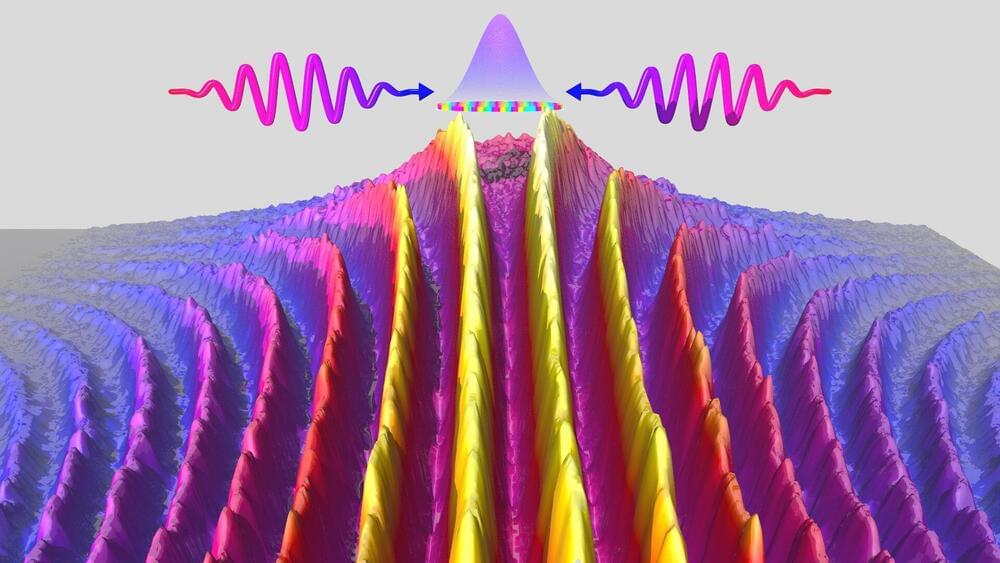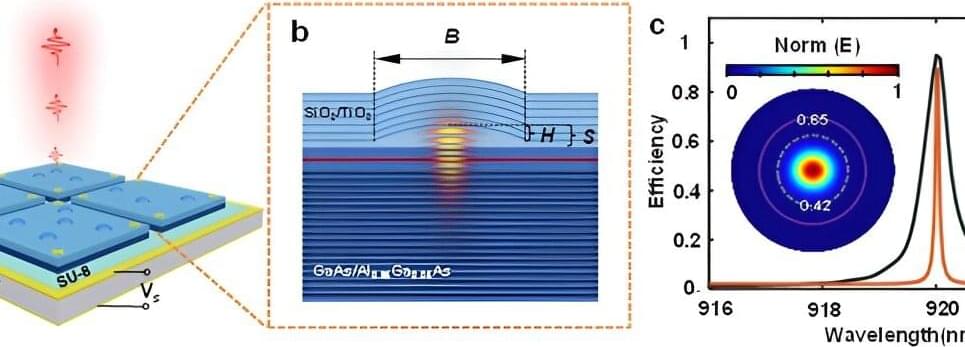This post is also available in:  עברית (Hebrew)
עברית (Hebrew)
Analyzing and storing large amounts of data requires a lot of energy, so the future of technology might hold a different approach to data storage. At least, that is what Professor Søren Brunak from the University of Copenhagen thinks.
Brunak states that while Denmark is one of the best in the world at health data, analyzing and storing huge amounts of health data comes at a climate cost. “We have begun to consider the carbon footprint of bioinformatics and CO2 emissions resulting from data analysis,” he adds.



 עברית (Hebrew)
עברית (Hebrew)




